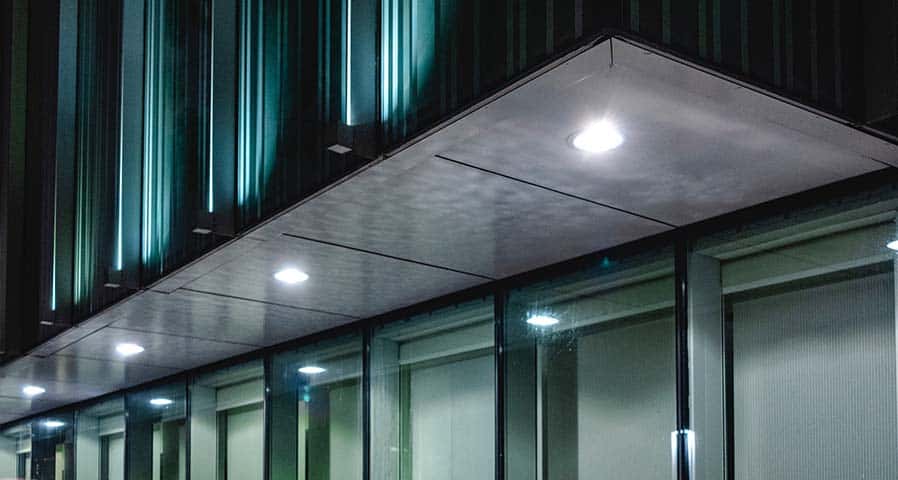Daylighting Controls & Daylight Savings: Optimizing Natural Light Through the…
Studies have shown that natural lighting has proven to improve workplaces by helping employees be more…

LED retrofitting is gaining in popularity as commercial and industrial businesses are becoming more energy conscious. LED lighting reduces energy usage, but it’s not the only benefit building owners and managers receive. Maintenance costs are lower and lighting quality is significantly improved. Switching to LEDs creates a more comfortable environment that also improves safety and productivity.
Transitioning to LEDs is something every business should consider. Here’s a look at the benefits.
Light-emitting diodes (LEDs) are becoming the dominant type of lighting in most commercial and industrial applications. The bulbs are compact, energy-efficient, and reduce maintenance costs. LEDs also improve lighting quality with their color rendering index (CRI).
An LED retrofit converts an existing fixture into one that is compatible with LEDs. You can often replace your CFL, incandescent, fluorescent, etc. with energy-efficient LEDs. There are times when the existing fixtures are not compatible with LED bulbs. In this case, the fixture also requires replacing during the lighting retrofit.
Did you know we have an entire series on LED vs. Other Lamps? We take a dep-dive into the energy savings, lighting performance, and maintenance costs associated with an LED vs. Other Lamps.
Here’s an example of savings associated with an LED retrofit taken from an office building in Michigan. After switching from fluorescent lamps to LEDs, the company saw,
These savings vary by building size, location, and amount of time the lights are on.
When it comes to operating costs, the largest expense is from lighting. Energy usage accounts for around 90% of the building’s lifetime costs. An LED retrofit can reduce energy costs by up to 80% annually, making it a cost-effective option for commercial and industrial buildings.
Reducing maintenance costs can add up to long-term savings. LEDs have a significantly longer lifespan than other types of lighting. It includes the bulbs and fixtures, meaning businesses save money on replacement and labor costs.
The color rendering index (CRI) measures the quality of light. The scale runs from 0 to 100. The higher the CRI number, the better the lighting quality. LED lighting achieves a CRI of around 90. You get light close to natural illumination that increases the aesthetic appeal of the building, and the quality of life for employees and visitors.
The color temperature should also match the environment, and LEDs can range from 1500k to 8000k. Bulbs with lower temperature numbers produce a reddish light, while higher numbers indicate a bluish light. Bulbs with a color temperature of around 5000k mimic natural sunlight.
Transitioning to LED lighting can improve workplace safety. The improved lighting boosts visibility, especially in previously poorly lit places.
Understanding your potential savings when investing in an LED retrofit is often the first step in an LED upgrade. With this in mind we have an eBook dedicated to the topic. In, The Essential Guide to Calculating Energy Savings and ROI on any Lighting Project, we take an in-depth look at your potential savings.
When planning your LED retrofit, you want to consider a few factors.
There are several types of LED retrofits to meet the lighting needs of different buildings.
With over 30 years of experience in LED Retrofits, Action Services Group has seen and done it all. Our lighting experts are available to answer any questions your might have about upgrading your facility to LED. When you are ready to start planning your LED retrofit project contact us by calling 610-558-9773, email [email protected] or schedule a call!